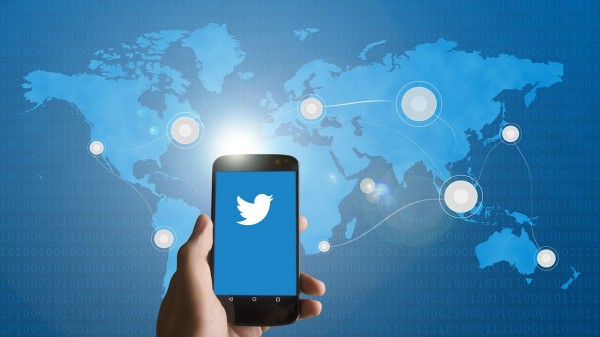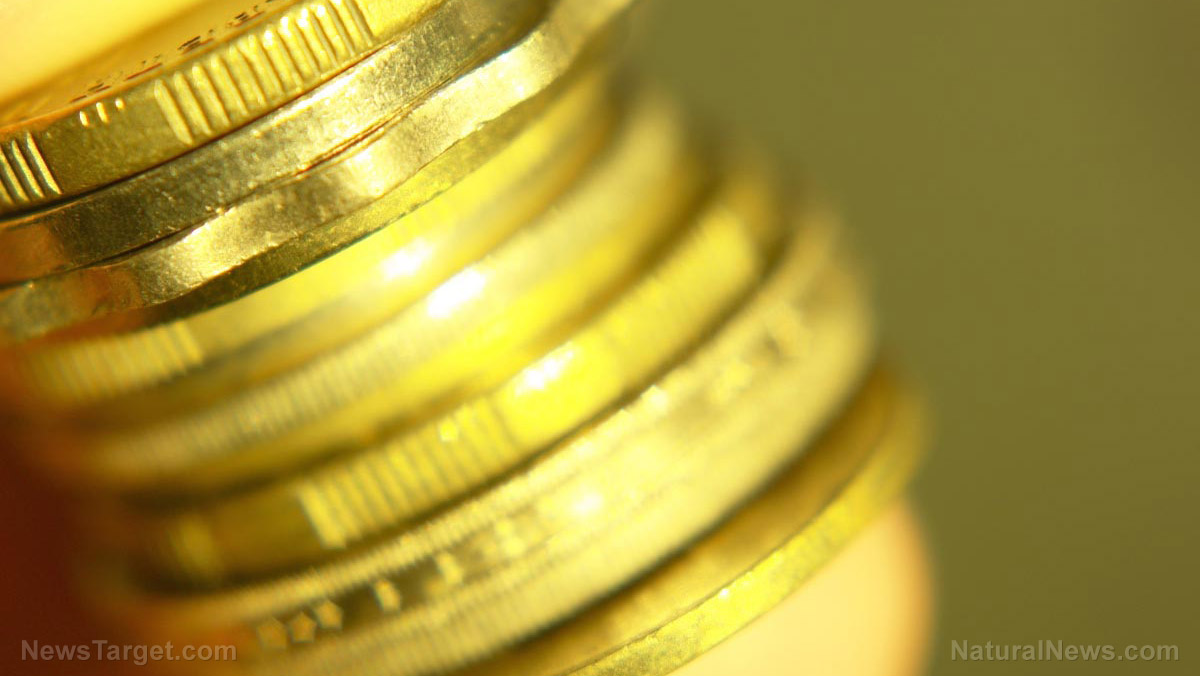
Advertisement
The purpose of social media sites like Facebook and Twitter is to bring people from all around the world closer together. People routinely meet long-lost friends and childhood buddies, and the power of the internet gives these people the ability to reconnect with each other if they so choose. Ironically though, many of these “people” on social media aren’t actually people at all.
A new study has revealed that up to 15% of Twitter accounts are bots, which is equal to 48 million users out of 319 million on the entire site. Of course, this can be both a good thing and a bad thing. In addition to infringing on privacy rights, many bots can overwhelm users with endless amounts of spam and bogus offers — and any number of which could contain viruses that can infect your computer or mobile device. Additionally, having a significant amount of fake followers on Twitter may give someone a false sense of popularity and success. Imagine finally reaching 100,000 followers and then finding out that 15,000 of them weren’t real. To many people, such a realization would be extremely disappointing.
In 2013, it was revealed that Barack Obama’s Twitter account, which was then and still is today one of the most influential social media accounts in existence, had an incredibly misleading amount of followers. Of Obama’s 36.9 million followers that he had at the time, over 19.5 million were accounts that don’t correspond to real people. That means that an astonishing 53% of then-President Obama’s Twitter followers were fake. The analysis, conducted by MailOnline, found the four phoniest accounts in their sample were those belonging to Barack Obama, Joe Biden, Michelle Obama and the White House communications shop.

Indeed, there are websites that allow Twitter users to purchase fake followers with ease. Though people take advantage of this for marketing purposes, most commonly fake followers are purchased to intentionally mislead others, making it seem as though the Twitter user has more of a fan base than he or she really does.
However, while fake social media users may certainly be a burden, they can also be extremely helpful. Many bots are capable of alerting real users of things like natural disasters, terrorist attacks and other information that needs to be shared as quickly as possible.
Four years ago, the social media giant unveiled an emergency alert system, whereby users could sign up to receive automated messages from specific Twitter accounts. Gaby Pena, a product manager at Twitter, explained on the company’s blog, “Twitter alert is a new feature that brings us one step closer to helping users get important and accurate information from credible organizations during emergencies, natural disasters, or moments when other communications services aren’t accessible.”
Several users participate in the alert system, including the American Red Cross, FEMA, and the World Health Organization along with other nonprofits. Although these accounts themselves aren’t fake, they use the same automated technology that is used by Twitter bots to quickly and efficiently send out information to all users participating in the system.
The investigation and analysis of Twitter was conducted by the University of Southern California, which used over 1,100 features from a total of six classes to locate the users on the social media site that were bots and not humans. Data such as tweet content and sentiment, network trends and patterns, and activity time series was used to track down the fake accounts.
In the study, which was published on arXiv, the researchers wrote, “We benchmark the classification framework by using a publicly available dataset of Twitter bots.” They added, “This training data is enriched by a manually annotated collection of active Twitter users that include both humans and bots of varying sophistication.”
Sources
Submit a correction >>
This article may contain statements that reflect the opinion of the author
Advertisement
Advertisements















